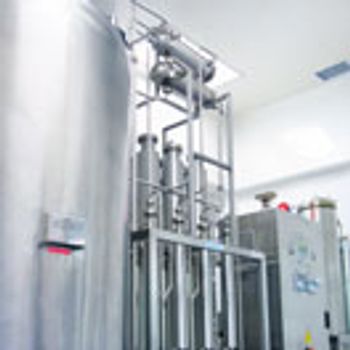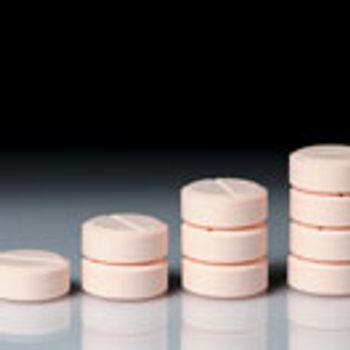
Can an Irish analytics company and its CEO bring pharma closer to 21st-century practice?

Can an Irish analytics company and its CEO bring pharma closer to 21st-century practice?

The study suggests that circumventing evolution in cell factories can enable the commercialization of new biobased chemicals to large-scale.

A collaboration between The Centre for Process Innovation and The Roslin Institute aims to develop commercially viable and scalable methods of producing biologics using transgenic animals.

Chemical engineers and chemists each bring unique skills to API process development and optimization. Success depends on their close collaboration, at both sponsor and CDMO facilities.

The funding from the Walloon Region will enable Univercells to start developing a manufacturing platform aimed at driving down costs of biosimilars manufacturing.

GE Healthcare will equip Cellular Biomedicine Group's cell therapy manufacturing facility in Shanghai, China, with its FlexFactory single-use platform, designed to speed up cell therapy manufacturing timelines.

The company has completed development of a first-generation production process for its chimeric antigen receptor regulatory T cell product portfolio and is selecting a CMO for clinical supply.

Rinse sample analysis or visual inspection are risk-based approaches that can be correlated to surface cleanliness to replace surface sampling in a biopharmaceutical equipment cleaning process.

The revised Akers-Agalloco aseptic risk assessment and mitigation method includes two sub-methods that can be used independently for risk assessment.

Eli Lilly was awarded the 2017 FOYA Overall Winner for its continuous direct compression manufacturing installation projects.

Tools aid scale-up and comparison of single-use and stainless-steel bioreactors.

Instead of rigidly applying statistical tools, experts suggest that pharma embrace statistical thinking, but focus on reducing variability and adding value for patients.

Lawrence Yu, deputy director of the Office of Pharmaceutical Quality (OPQ), Center for Drug Evaluation and Research (CDER), and his FDA colleague, Michael Kopcha highlight the importance of Six Sigma approaches to continuous improvement in the pharmaceutical industry.

Support from FDA, a best practice guide, collaborative research, and new facilities signify progress in solid-dosage continuous manufacturing.

Six years after the guidance, it’s time to change our quality assurance vocabulary.

Modeling tools help process engineers optimize a biopharmaceutical facility’s capacity.

Continuous twin-screw granulation offers several options for increasing production scale. Thermo Fisher Scientific explains factors to consider in scale-up projects for manufacturing oral solid-dosage drugs.

Informatics software can be used to address the challenges of quality by design, such as managing impurity data when developing an impurity control strategy.

The industry needs a single standard cleaning limit at 25 mg/m2.

Characterization of the product and process is key for process development and scale-up of topical drug manufacturing using a QbD approach.

The author describes how to establish acceptance limits for acceptance value (AV) data for process validation batches, typical characteristics of AV distributions, and how to derive relevant constants for AV control charts in annual product review and continued process verification reports.

Investigational failures and discrepancies can be avoided through the proper execution and documentation of investigations.

Weak or faulty quality systems can hurt a company at every stage of a product’s lifecycle.

Pharma’s test of continuous manufacturing is starting with oral solid-dosage forms.

FDA’s process validation guidance has evolved and the current lifecycle approach has profoundly influenced validation practice.